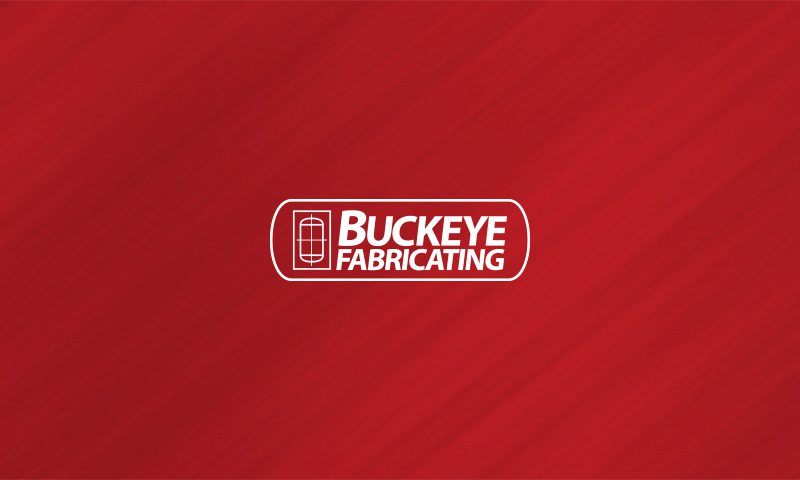Pressure vessels, depending on requirements, can be made of a variety of materials including polymers (plastic), fiberglass, carbon steel and stainless steel, with both carbon steel and stainless steel the most common for industrial applications. Between carbon steel and stainless steel, there are thousands of different alloys and composites that can be used to build pressure vessels, with some being more commonly used or required than others. With material failure being the leading cause of pressure vessel malfunction, it is essential that the correct material for your specific application be used.
Environmental
Most often, the primary driver of tank and pressure vessel material selection is design requirements such as load strength, design temperature and other operating criteria. This singular focus ignores important, albeit somewhat esoteric, environmental information that has a direct impact on the material and thus on the tank or pressure vessel functionality and longevity. This information has to be combined with the planned and expected design and operating information to generate a clear picture of the material needed for the pressure vessel or tank. Absence of this information can result in potential damage and catastrophic failure of the tank or vessel at some future point.
Off Load Period
Additionally, beyond design and operating specifications and environmental data, potential interactions during off load periods should be explored in conjunction with both data sets. To illustrate a real world example, a material that will not corrode at operating loads might suffer corrosion during low dew point conditions based on the external temperature profile. Thus the material may not demonstrate corrosion when returned to operating condition but determent to the material has already occurred. Thereby creating a failure point, should further incidents occur. This means that during material selection, both off load and on load conditions be compared with potential operating environmental conditions to provide for such a situation.
Material selection of any tank, or pressure vessel is critical to the long term viability of your specific project and all avenues must be explored in order to ensure that the correct and appropriate material is selected. The exact nature of the selection process should be involved and detailed and should not be derailed due to cost considerations as the longer term prospects prevent risks that are not readily seen in the initial selection of the tank or pressure material. Given the costs of these risk, save money later by spending it now.



 ASME Informational
ASME Informational Tank Materials
Tank Materials